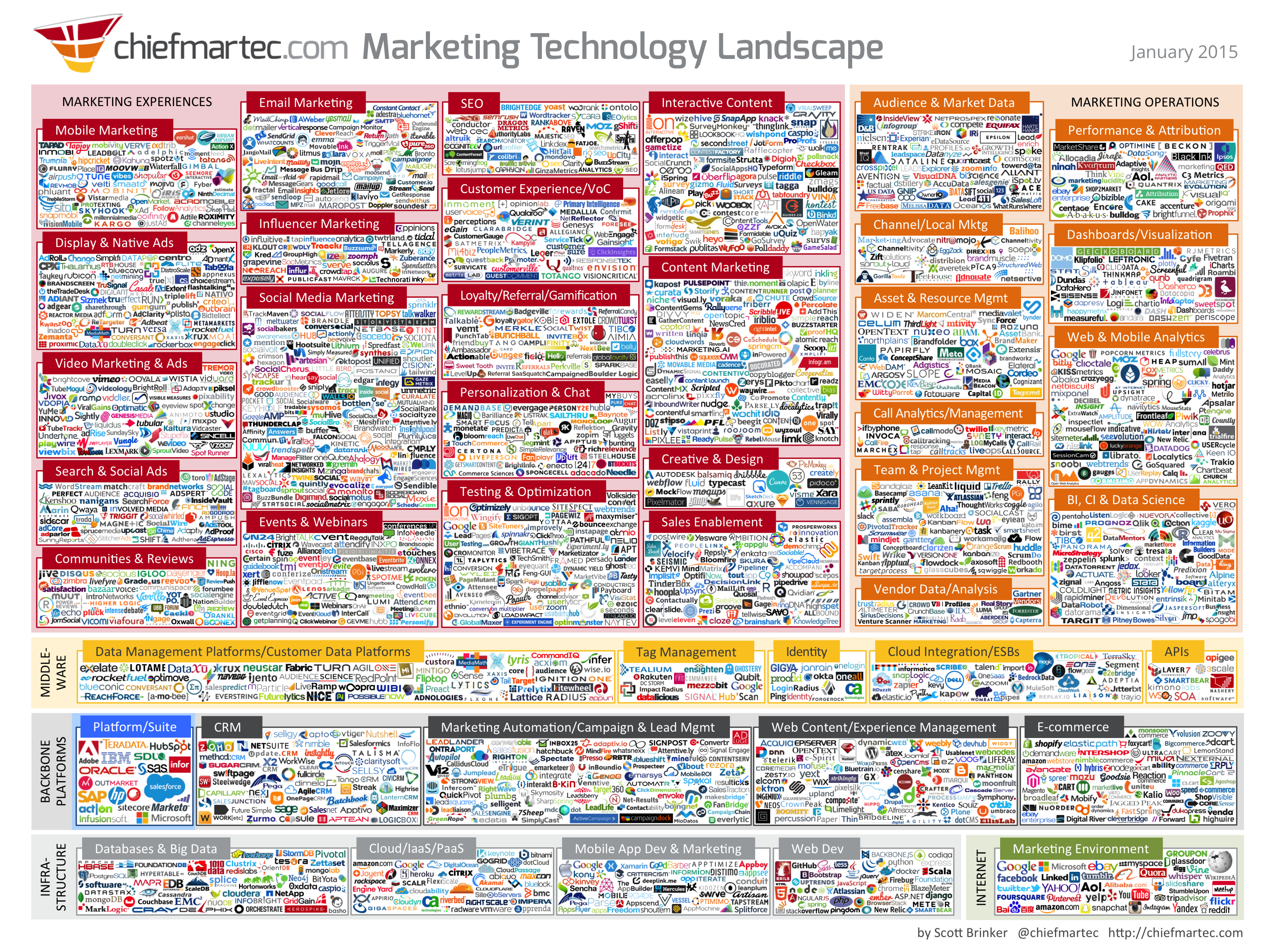Why Static Brands Don’t Thrive in Dynamic Markets
Digital Darwinian logic says if you don’t change you’re road kill in today’s hyper speed markets.
Most small business struggle to really effect change in their marketing activities and business processes.
Ten Critical Steps for Substantive Change every Business Needs to Know to Avoid Dying on the Vine Syndrome
Getting out of your own way is rule number one. In my work with a CEO of a manufacturer of luxury goods the CEO kept insisting his competitors were only three distinct companies and all marketing should be reflect that.
A simple Google search on specific brand related topics or keywords will give you a rough 30K foot review of who is out there and who you should be tracking. And, a low cost under $100. a month service like SpyFu will give you a deep dive into how/where others are competing with you, ad spend, domains, keywords, and ads.
Letting tactical marketing like web site design drive strategy. Many of us in the design business see this frequently.
- Marketing strategy: is your company’s game plan to drive success in specific markets.
- Tactical planning focuses on: market segments, budgets, resources, staffing, processes and platforms.
- Marketing Plan: is a functional outline of how your company combines product, pricing, distribution, promotion methods to create an offering that drives customer engagement and incremental revenue.
Not understanding you must change the foundation of your business under you as you execute a marketing strategy. All markets are moving too fast to map out any marketing plan more than 60-90 days out for businesses under $10M per annum in revenue.
Intellectually understanding every marketing decision about platforms has high switching costs and may present unique challenges downstream. As an example, MailChimp, Constant Contact, Emma and Vertical Response are market leaders in email platforms.
Try moving your email database from one platform to the other; it’s not easy and all will force you to recertify (opt-in) your database. You are locked in to this platform forever or else you risk losing some significant portion on your subscriber list downstream.
Each marketing channel you select has an inherent requirement for optimizing to get found and heard. As the world moves to video access via hand held devices brands are throwing up YouTube profiles as fast as possible.
But, creating a YouTube account and generating traction require $2-5K in terms of costs and 20-40 hours of content optimization with someone who knows what they are doing.
Every marketing platform has an associated cost for getting heard and you need to budget and staff accordingly.
Remember, these platform vendors are building in product functionality and features that are designed to lock you in to their technology.
Marketing strategy alone will not do a lot for your business unless you get critical mindshare with your staff and couple this with some kind of ad hoc training.
Content strategy is ground zero for every brand and it takes time, expense and some publishing sophistication to get heard.
The market will tell you if your content is valuable and don’t make the mistake of relying on your staff for what’s good or bad as you create content. If it’s not getting shared or generating traction with Google you better rethink your content marketing initiatives.
Design is baked into everything your business does and who and how you select images, graphics, inforgraphics, videos, etc. should not be left to an HR manager who is back filling marketing or an intern or family member.
Getty images are expensive for good reason (they are curated and sophisticated) and any image you purchase for a few bucks is not going to drive brand engagement. You get what you pay for.
Need convincing? Use Tin Eye to take a hard look at any “generic” image that’s being flogged endlessly across the web.
 With 1,876 marketing platforms and channels smart small business must select channels that deliver ROI and where your customers can be found. Be aware, tech’s endless creep can envelop your business.
With 1,876 marketing platforms and channels smart small business must select channels that deliver ROI and where your customers can be found. Be aware, tech’s endless creep can envelop your business.
Automation is not a marketing strategy. And, putting an intern on Buffer or HootSuite and thinking this will drive marketing success is no marketing strategy at all.
In most cases there is no brand engagement whatsoever and it shows.
Automation should be coupled with engagement on your social platforms with someone on staff or outsourced that knows what they are doing. Social media marketing success comes down to three variables: Quality Content, Community and Conversation.
Rabbit holes are not sales funnels right? As you stand up a web presence a sales funnel must be the underlying marketing tactic.
What’s the desired action of the visitor other than brand engagement; i.e. get a discount, download an eBook, subscribe to your newsletter, engage with your social profiles, etc.
Confused visitors (and they all are) have no idea what to do. They are multitasking on a smartphone. So, tell them what to do in no uncertain terms and with basic design elements that channel them in the right direction.
In some cases you are better off ignoring social media marketing: social media’s inherent sex and sizzle have made it the go to marketing activity for many small businesses. But, email marketing still delivers more ROI than social. Give consumers a reason to sign up for email and integrate email marketing with your sales funnel.
Ask for customer reviews and monitor these on Yelp, G+ and/or local sites if you are targeting consumers or businesses in a specific geographical area.
Tailor your marketing channel based on where customers “live”: a good rule is when you get feedback about the importance of a marketing channel from 3-5 key customers that’s an indication you need to embrace this marketing channel or strategy. Know marketing pundits may be way ahead of the market: see: “the Cloud,” Facebook, Mobile or Twitter.
Spend marketing dollars on things that may or may not work. Test new processes and channels with an understanding they may fail.
Recognize millennials are reshaping the landscape and you may not have the right people on staff who can drive your business forward. Back fill with outsourcing and know going in you have to get out of your own way. “We’ve never done it that way…” denial is a growth killer.
Curation is the new competitive advantage driver for small businesses. Share great content, understand what your competitor’s are sharing (bad and good) and recognize cheap and quality don’t “live” together. It’s a competitive world.
There is No One Size Marketing Strategy for Small Businesses
Growth hacks may work great for VC funded startups. But, this one size fits all strategy is not always germane for small businesses.
Most of you need an integrated marketing strategy that’s built on sharing smart content syndicated across the social web.
Channel selection (Facebook, LinkedIn, Twitter, Marketo, SalesForce) adds layers of complexity to your business model and a less is more approach delivers much greater ROI and helps your focus marketing resources and people.
Be selective and successful on one channel before moving to another.
Automation and tech are not silver bullets and they have built in burdened costs.
Finally, try to get out of your own way. No agency or individual knows your business like most of you. But, collaboration drives successful marketing strategies.
